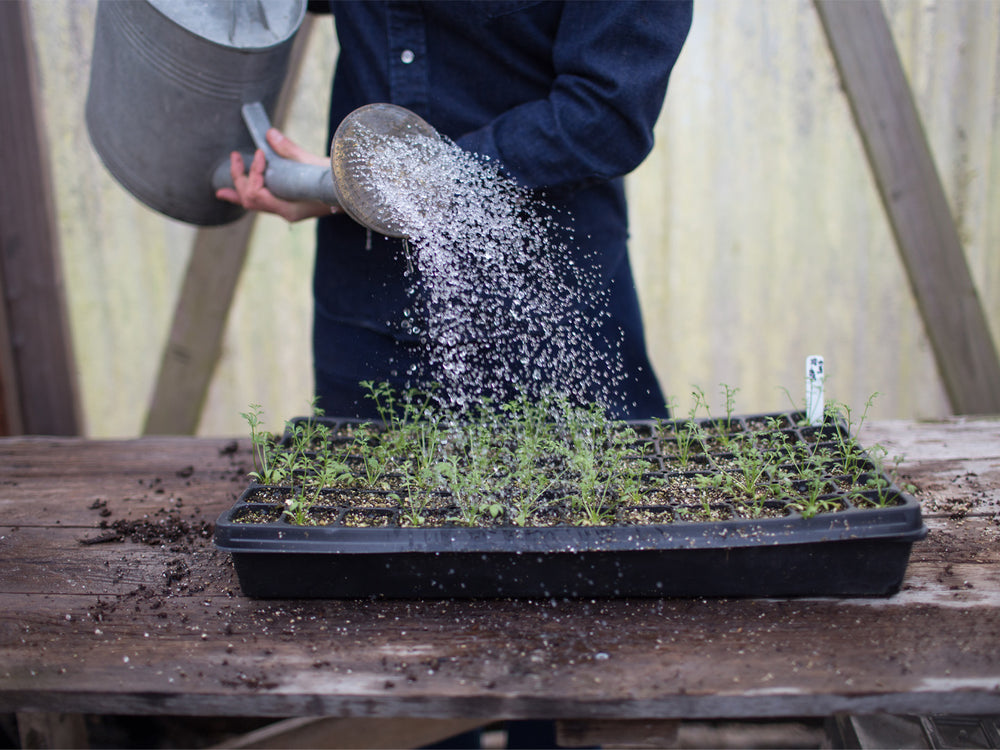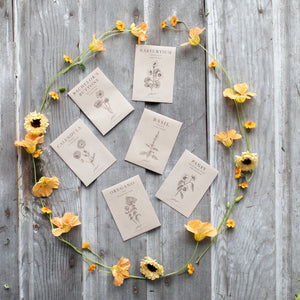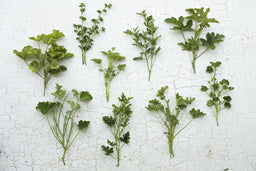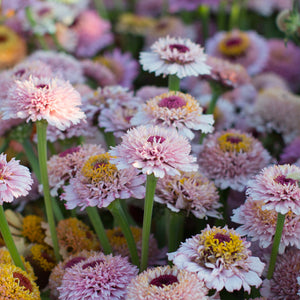Amaranth ‘Autumn Touch’
Amaranthus cruentus
Description
This beautiful green-and-brown bicolored amaranth is one of the most productive summer and early autumn fillers you can grow. The large, textural stems make a wonderful addition to bouquets. We grow loads of this gem every year.
Details
Height: 40 to 48 in
Site: full sun
Days to maturity: 65 to 75 days
Plant spacing: 12 in
Pinch: when 12 in tall
Seed Sowing & Growing Notes
Start seed indoors in trays 4 to 6 weeks before last frost; transplant out after all danger of frost has passed. Amaranth can also be direct-seeded into the garden once all danger of frost has passed.
Harvesting/Vase Life
Details
Description
This beautiful green-and-brown bicolored amaranth is one of the most productive summer and early autumn fillers you can grow. The large, textural stems make a wonderful addition to bouquets. We grow loads of this gem every year.
Details
Height: 40 to 48 in
Site: full sun
Days to maturity: 65 to 75 days
Plant spacing: 12 in
Pinch: when 12 in tall
Seed Sowing & Growing Notes
Start seed indoors in trays 4 to 6 weeks before last frost; transplant out after all danger of frost has passed. Amaranth can also be direct-seeded into the garden once all danger of frost has passed.
Harvesting/Vase Life
Sources
How to Grow
How to Grow

Winter Mini Course: Seed-Starting 101
Learn how to start flowers from seed in this three-part video series
In this free video series, you’ll learn everything you need to know to successfully start flowers from seed, including all of the necessary supplies, step-by-step instructions, special tips and tricks, and how to create a simple indoor seed-starting area.














